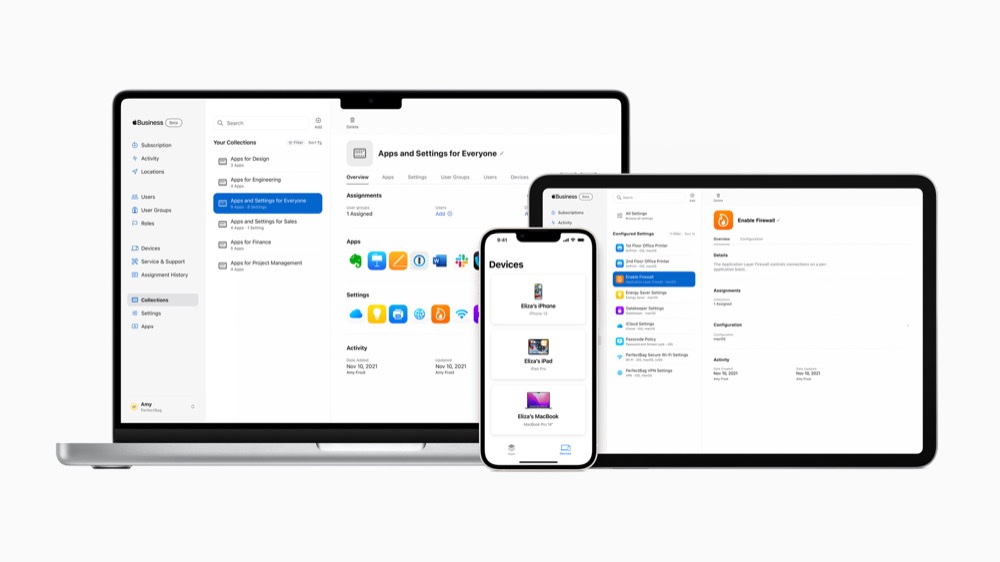Where next for Apple Business Essentials services?

An Apple approach to device management
Apple has introduced a new set of services for smaller businesses. It combines device and user management, application provision, MDM and 24/7 Apple support within Apple Business Essentials. What are the implications of this?
What is Apple Business Essentials?
It’s available now in beta in the U.S., and expected to launch in 2022. Prices start at $2.99/employee/month, increasing to reflect storage requirements. Pricing for the support component hasn’t yet been announced. To join the U.S. beta signup here. Apple hasn’t revealed international plans yet.
Apple’s vice president of Enterprise and Education Marketing, Susan Prescott said:
“Small businesses are at the core of our economy, and we’re proud that Apple products play a role in helping these companies grow.”
It seems likely the plan leverages technologies Apple acquired with Fleetsmith in June 2020.
What are the implications?
It seems a shrewd move.
As of March 2021, over 31.7 million small businesses exist in the U.S., and while many of these are not particularly digital a growing number base their business around iPhones, iPads, or Macs.
[Also read: 6 reasons your business should deploy Apple Silicon Macs]
Enabling these small operations to reliably deploy Apple products at a transparent fee, while being protected by the Apple brand, looks like a service opportunity to me.
There will be losers of course.
What Apple has done here is deprive the growing MDM for Apple devices marketplace of access to some smaller businesses. This may not be seen as too big a challenge. Many existing incumbents already diversify their product portfolio to meet wider needs. Jamf for example also offers security at the edge and has a system that scales to meet the needs of some of the world’s biggest enterprises.
Where next for this new business?
We know Apple has an M.O. when tackling new markets.
It will continue to build on top of its new business-focused service. It’s not terribly hard to imagine additional components will be introduced to Apple Business Essentials over time.
My first reaction, for example, was that the service in its current form lacks an opportunity for recycling and re-use of products. This would be so easy to add based on what Apple already does.
I also imagine Apple Business Essentials may become part of a wider offering including carrier-supported business leasing deals.
It makes complete sense to offer small business users in the U.S. and beyond an affordable and predictable set of services to both improve device management and enable costs to be spread over a longer time.
If just 10% (c.3 million) of U.S. small businesses with a small number of employees signed up for such leasing deals, this would represent a substantial recurring income.
It would also present smaller firms with a chance to upgrade to Macs or iPhones without incurring that sometimes steep initial cost. Given the growing popularity of Apple’s products in the enterprise, making these things more accessible to business will only bounce hardware sales up.
Playing the long game
We shall wait and see how this deck plays out, I suppose. But it is crystal clear that Apple has played a very long game in its penetration of business and enterprise market that even one decade ago remained closed to it.
“I’d argue that Apple has played a leading role in enterprise trends such as BYOD, the future of work, and the consumerization of IT,” said Fleetsmith co-founder, Zack Blum in 2018.
“With 84% of the world’s most innovative companies currently using Mac at scale, we can’t wait to show you what we build next,” Cisco said last month.
This story continues.
Please follow me on Twitter, or join me in the AppleHolic’s bar & grill and Apple Discussions groups on MeWe.




